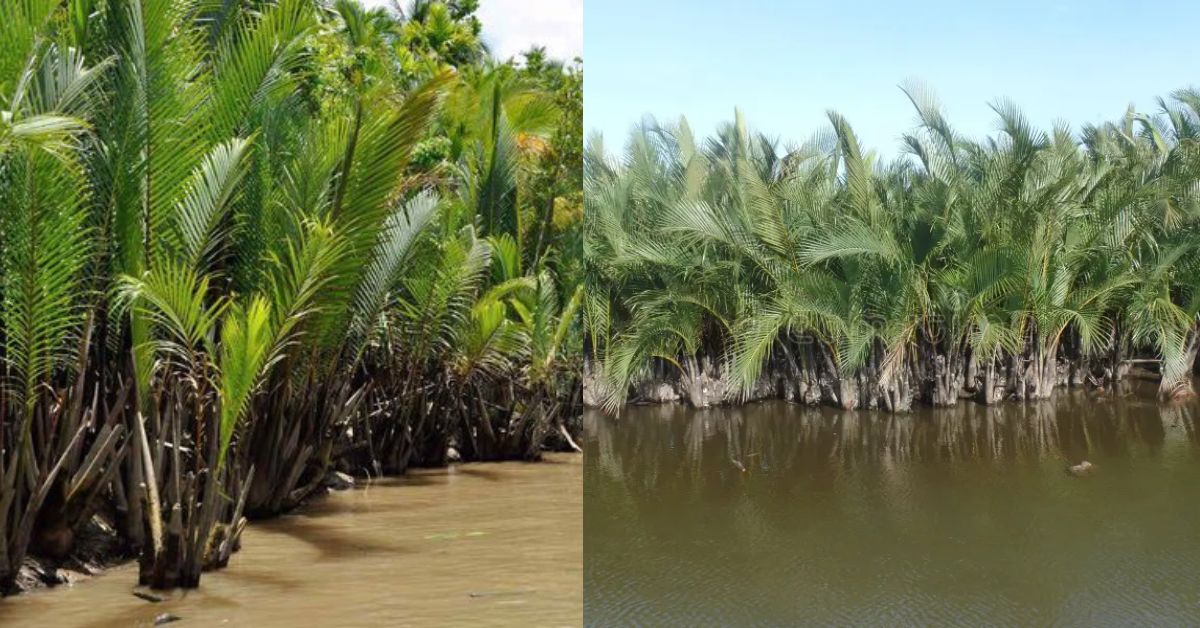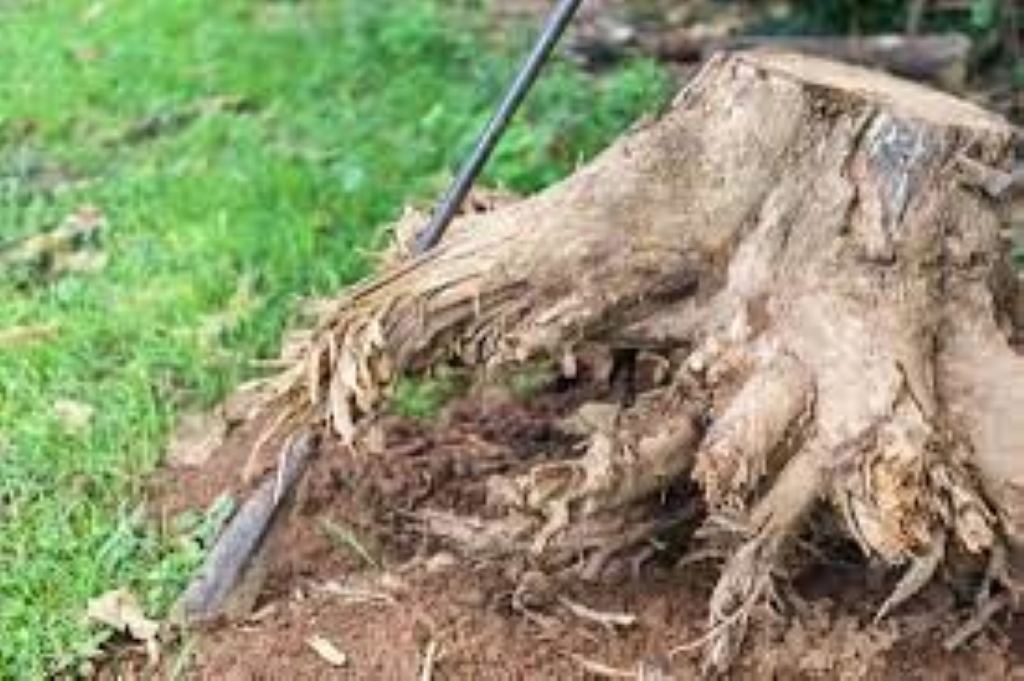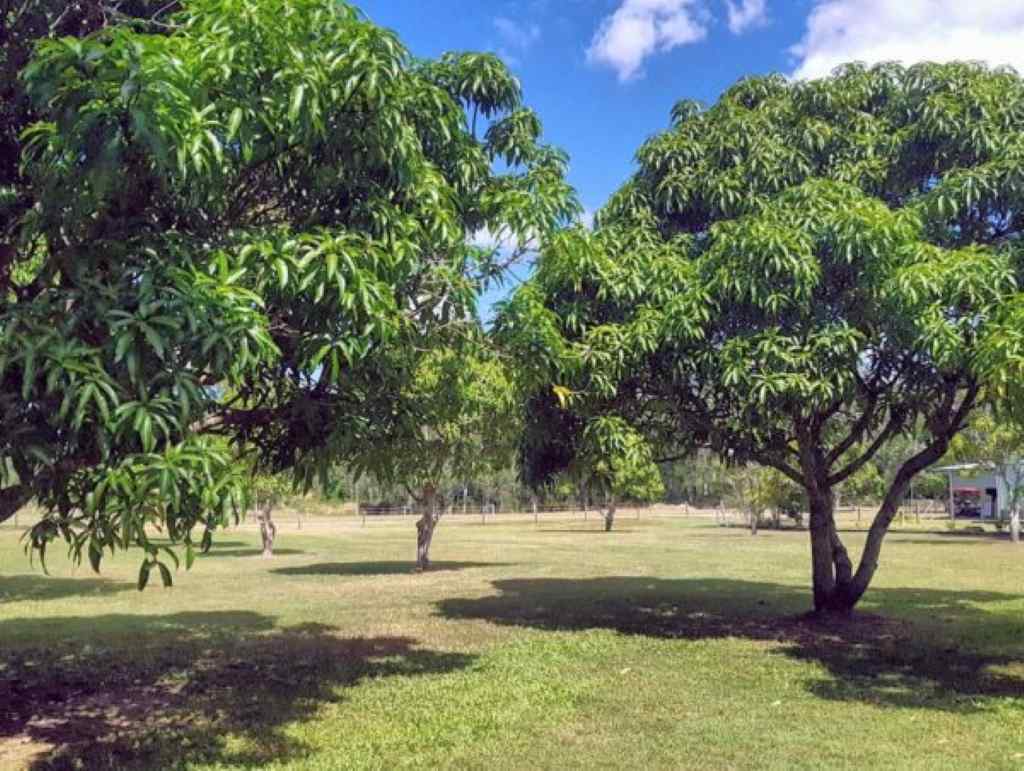Trees That Grow by Water
In the world of nature’s marvels, there exists a captivating category of trees that thrive in the proximity of water bodies, painting picturesque landscapes with their lush greenery. These remarkable trees, aptly named “trees that grow by water,” possess a unique ability to adapt and flourish in the presence of aquatic environments. Join me on a journey through the enchanting realm of these water-loving giants as we explore their characteristics, ecological significance, and the diverse ecosystems they call home.
Imagine standing on the banks of a serene river or a tranquil lake, the air filled with the symphony of rustling leaves and the gentle lapping of water against the shore. In such idyllic settings, you’ll often encounter the majestic weeping willow (Salix babylonica) gracefully draping its slender branches towards the water. The sight is nothing short of magical, as if the tree itself is reaching out to touch the liquid canvas beneath.
Adapting to Aquatic Environments
What sets these trees apart is their remarkable ability to adapt to the challenges presented by aquatic habitats. One prime example is the cypress tree (Taxodium distichum), which elegantly stands tall in swampy areas and wetlands. Its roots navigate the waterlogged soil with finesse, creating a stabilizing network that not only supports the tree but also provides a haven for diverse aquatic life.
As we delve deeper into the world of trees that grow by water, the mangrove tree (Rhizophora mangle) emerges as a true coastal hero. Flourishing in brackish waters, mangroves showcase an intricate web of prop roots that not only anchor the tree securely but also serve as nurseries for countless marine species. Their existence is a testament to nature’s ingenious design, creating symbiotic relationships between land and sea.
The Dance of Biodiversity
These water-loving trees play a vital role in fostering biodiversity within their ecosystems. Picture a dense stand of alders (Alnus glutinosa) by the riverbanks, providing shade and shelter for a variety of aquatic organisms. The fallen leaves of these trees serve as a nutrient-rich banquet for aquatic insects, setting off a chain reaction that sustains the delicate balance of life in and around the water.
The intertwining branches of willow trees (Salix) create a haven for birds, their leaves offering a reliable source of sustenance for caterpillars. This intricate dance of biodiversity is a testament to the interconnectedness of life, where trees and water collaborate to create thriving ecosystems.
Ecosystem Services of Water-Loving Trees
Beyond their aesthetic appeal, trees that grow by water contribute significantly to the overall health of the environment. The extensive root systems of poplar trees (Populus), for instance, act as natural filters, purifying water by trapping sediments and absorbing pollutants. This not only benefits the trees themselves but also enhances water quality for other organisms downstream.
In riverine landscapes, the silver maple (Acer saccharinum) stands as a guardian, preventing soil erosion with its robust root system. As water rushes past, the tree’s roots act as anchors, holding the soil in place and preventing the loss of precious topsoil. This vital ecosystem service safeguards the integrity of riverbanks and contributes to the overall stability of watersheds.
A Symphony of Colors in Wetland Habitats
Wetlands, often regarded as nature’s watercolor palette, come alive with the vibrant hues of trees that thrive in their watery embrace. The striking golden foliage of the swamp chestnut oak (Quercus michauxii) adds a touch of warmth to the cool, marshy landscapes. These resilient trees not only endure fluctuating water levels but also enhance the aesthetic appeal of wetland ecosystems.
As we meander through a wetland adorned with the graceful presence of black tupelo (Nyssa sylvatica) trees, the air is filled with the melodious calls of waterfowl. These trees, with their brilliant red leaves in the fall, create a visual spectacle while providing essential habitats for amphibians and aquatic invertebrates.
Related Posts:
Guardians of Riverbanks and Lakeshores
By water’s edge, the river birch (Betula nigra) stands as a silent guardian, its peeling bark adding texture to the riparian scenery. Along lakeshores, the sturdy branches of the red alder (Alnus rubra) extend a welcoming canopy, inviting a myriad of bird species to find refuge within their leafy embrace. These trees not only enhance the aesthetics of waterfronts but also contribute to the overall well-being of aquatic ecosystems.
In the dance between land and water, the water tupelo (Nyssa aquatica) emerges as a key player. Thriving in swamps and along riverbanks, this tree displays adaptability at its finest. Its swollen trunk allows it to withstand periods of inundation, and its branches provide vital perches for water-loving birds, creating a dynamic tableau of life along the water’s edge.
Preserving the Legacy of Water-Loving Trees
Despite their resilience, trees that grow by water face numerous challenges in the modern world. Urbanization, pollution, and climate change pose threats to these ecosystems, putting the very existence of these majestic trees at risk. Conservation efforts play a crucial role in preserving the legacy of water-loving trees and safeguarding the delicate balance they bring to aquatic environments.
Communities around the world are recognizing the importance of protecting riparian zones and wetlands, understanding that the health of these ecosystems is intricately linked to the health of the planet. By planting native water-loving trees and implementing sustainable practices, we can contribute to the conservation of these vital habitats and ensure that future generations can continue to marvel at the beauty of trees that grow by water.
Conclusion
In the grand tapestry of nature, trees that grow by water weave a symphony of life along riverbanks, lakeshores, and wetlands. Their adaptability, ecological significance, and aesthetic appeal make them true guardians of aquatic ecosystems. As we stand by the water’s edge and witness the dance of biodiversity orchestrated by these magnificent trees, let us embrace our role as stewards of the environment. Through thoughtful conservation and appreciation for the wonders of the natural world, we can ensure that the legacy of trees that grow by water continues to flourish for generations to come.





